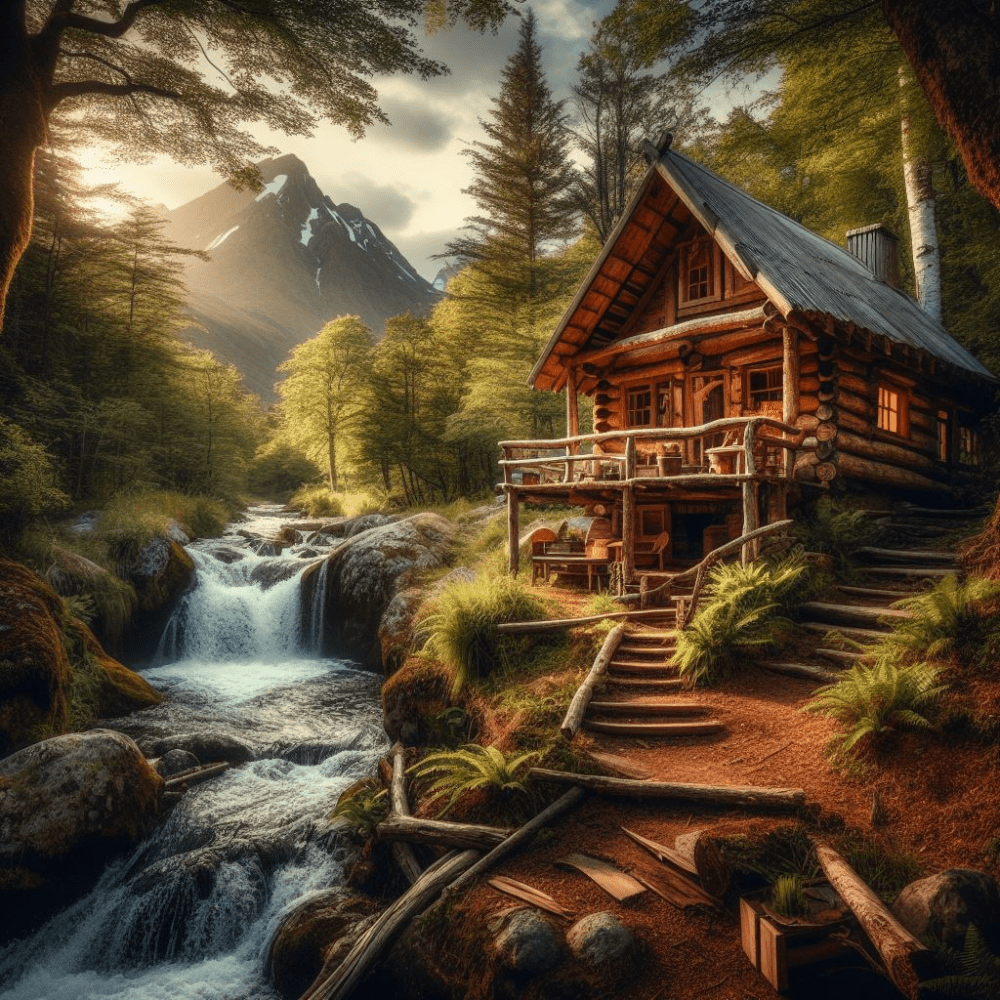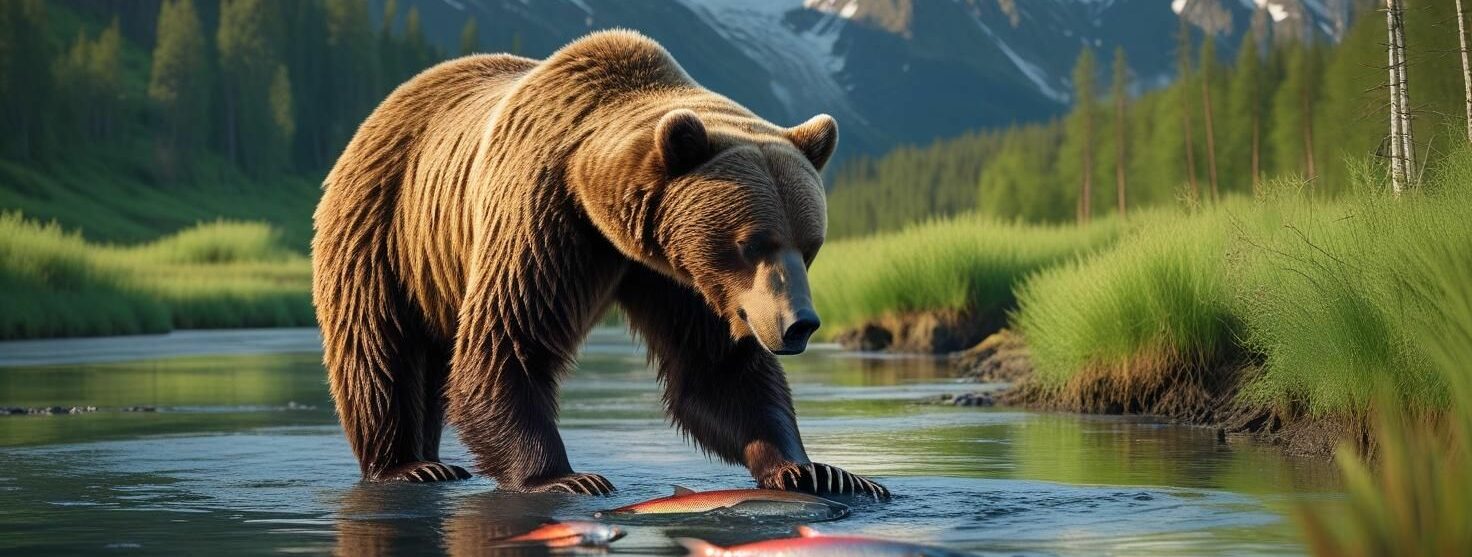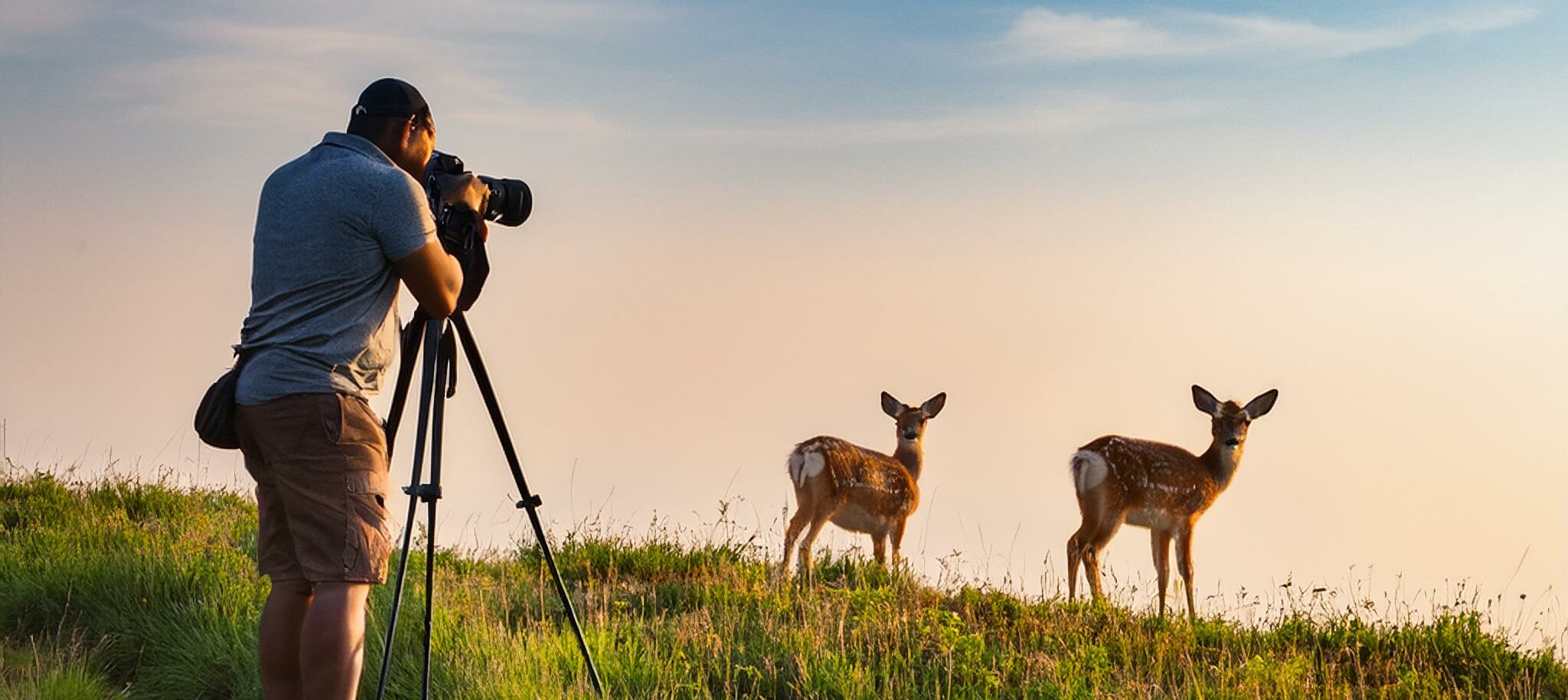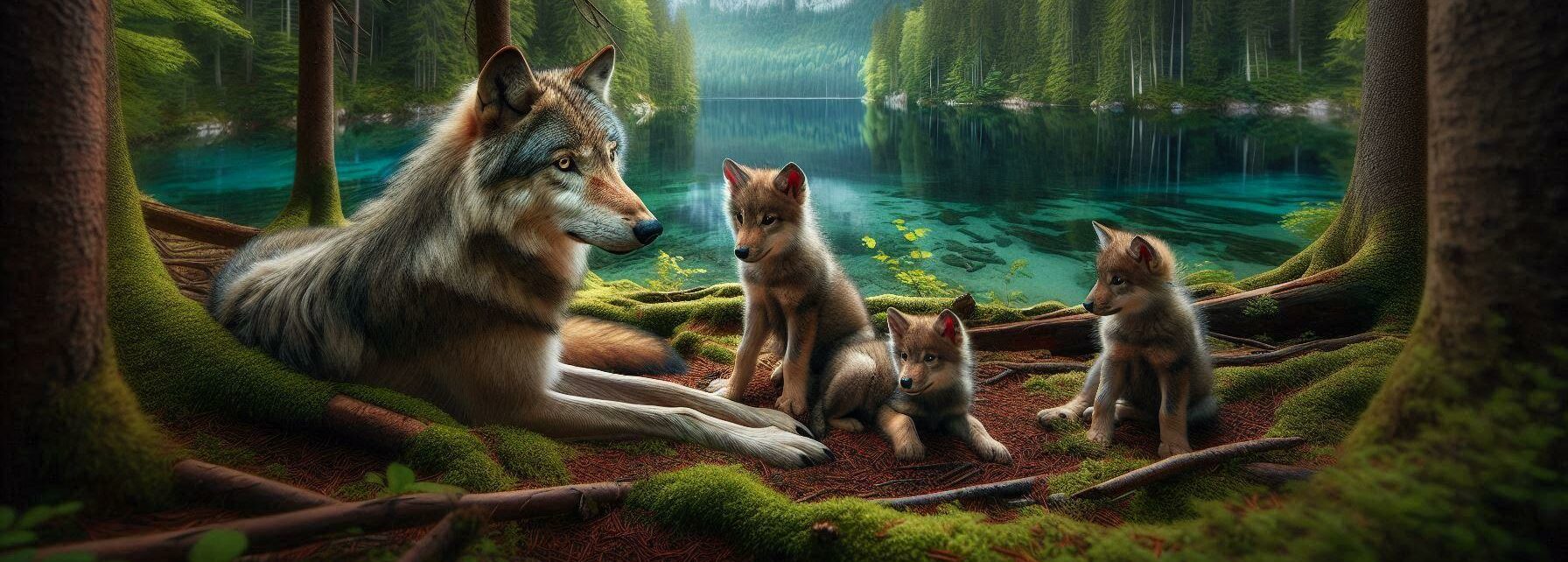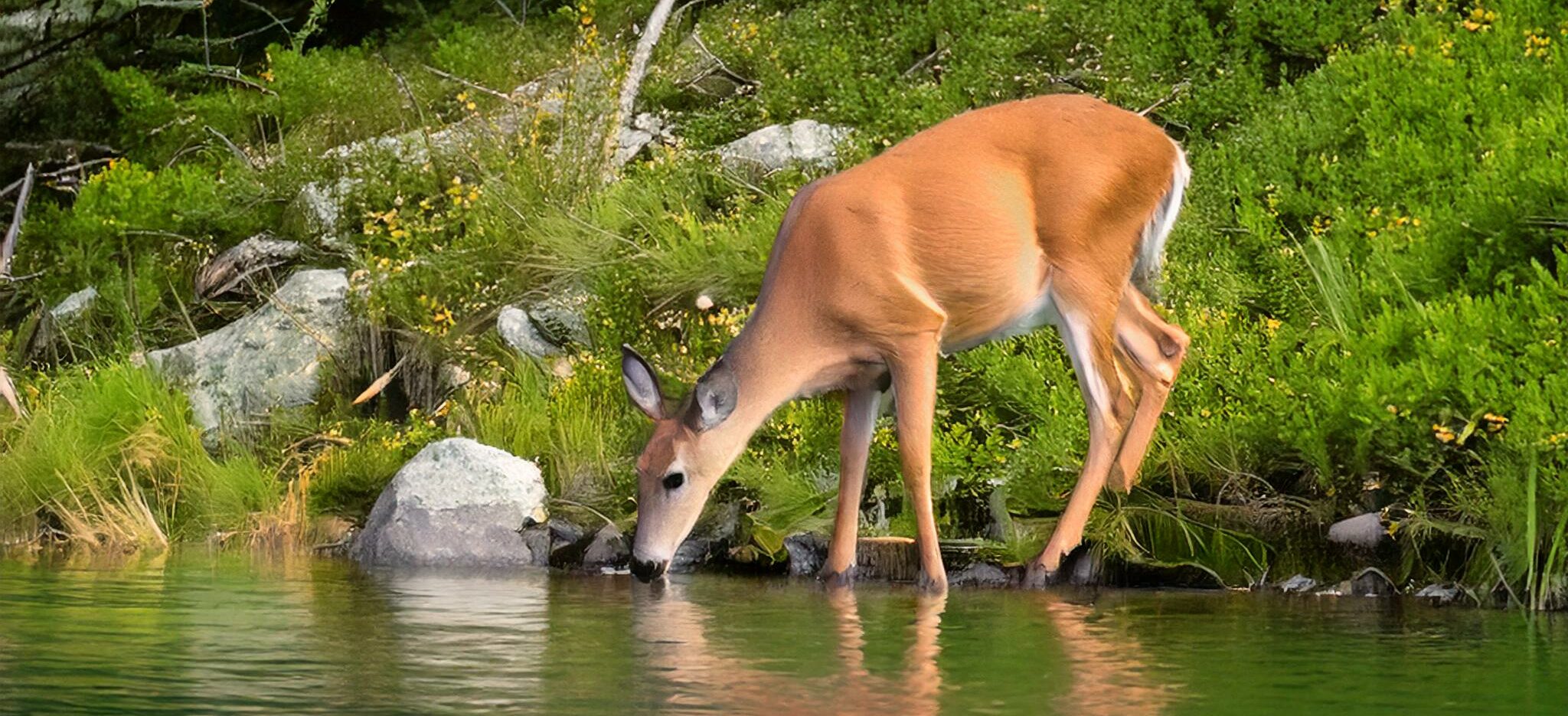Alaska Peninsula Brown Bears, often mistaken for their grizzly cousins, actually stand out as remarkable giants of the bear family. These bears don’t just capture your imagination; they demand your attention with their sheer size and power. Picture this: an adult male can weigh up to 1,500 pounds and stand about 10 feet tall on its hind legs! Yeah, these bears are big deals both literally and figuratively.
Distinctive features set them apart from the crowd. Their dense, thick fur, typically a luxurious blend of browns, provides them the necessary warmth against harsh climates. But it’s not just about looks. The bears have muscular bodies and broad skulls adapted over eons, giving them the tools to thrive in the wild. They didn’t get to be kings of the Alaskan wilderness overnight – it’s all about those evolutionary tweaks that make survival in the wild a bear’s game.
Life in the wild, though, isn’t just a long, lazy river. These bears enjoy an impressive lifespan, often living up to 20 to 25 years, depending on the challenges they face. It’s a journey marked by their ability to adapt and thrive in one of Earth’s most demanding habitats. They’re not just surviving; these bears are mastering their environment.
The cultural significance of these bears runs deep among Alaska’s indigenous peoples. For centuries, these majestic creatures have been respected and revered, often symbolizing strength and resilience. Their presence in Alaskan ecosystems isn’t just temporary – it’s a critical part of the region’s balance. As apex predators and scavengers, they help regulate prey populations, keeping the ecosystem healthy and thriving. Respecting these animals means respecting the delicate web of life they’re part of.
Roaming the Wild: Understanding the Habitat of Alaska Peninsula Brown Bears
The Alaska Peninsula is where sprawling landscapes and dramatic climates converge to create a truly unique environment. It’s a wild and rugged part of the world, with dense forests, vast tundras, and majestic mountain ranges. Throw in powerful rivers teeming with salmon, and you’ve got the perfect setup for these brown bears to call home.
These bears have their movements influenced by nature’s own rhythm, specifically the changing seasons. Springtime brings abundance as salmon fill the rivers, providing a vital food source. Summers are prime time for these giants, with longer days allowing them to wander further, foraging and hunting. Come autumn, it’s all about packing on that crucial fat for hibernation, surviving on the spoils of summer.
Each region within the peninsula offers something unique. Coastal areas, with their lush vegetation and plentiful seafood, serve as prime summer spots. Meanwhile, interior regions provide more challenging environments, where bears roam the forests and tundras in search of nourishment.
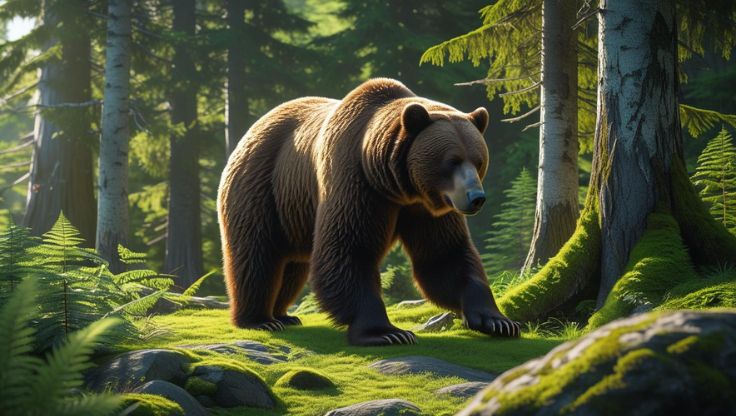
Conservationists are working hard to protect these habitats from threats like climate change and human encroachment. There’s a lot at stake, especially considering how critical these habitats are for bears’ survival. Supporting conservation efforts and practices becomes everyone’s responsibility. By understanding the delicate balances of these ecosystems, we play a part in their preservation. This isn’t just about the bears; it’s about keeping the wild, wild.
The Power and Presence: What Makes the Brown Bears of Alaska Peninsula Unique
Alaska Peninsula Brown Bears aren’t just heavyweight champions in size. Their strength is legendary, exhibiting sheer muscle that earns them their fearsome reputation. But it’s their unique hunting styles and techniques that set them apart. Watching them fish is like seeing nature’s own performance art. They stand patiently in rushing waters, timing their strikes to perfection, snaring leaping salmon mid-air. It’s all about precision, and they’re masters at it.
When it comes to the bears’ diet, salmon is the showstopper, providing a rich source of nutrients and fats necessary for survival. But they aren’t picky eaters; these bears have an omnivorous palate. They nibble on berries, munch vegetation, and if an opportunity arises, they’re not shy about scavenging. Throughout the seasons, they cleverly adapt their diet to what’s available, showing an exceptional ability to survive across different terrains.
These giants don’t just interact with their prey; they shape the very ecosystem around them. By controlling prey populations and spreading seeds through their consumption of fruit, they play a critical role in maintaining ecological balance. Their presence is a sign of a healthy ecosystem.
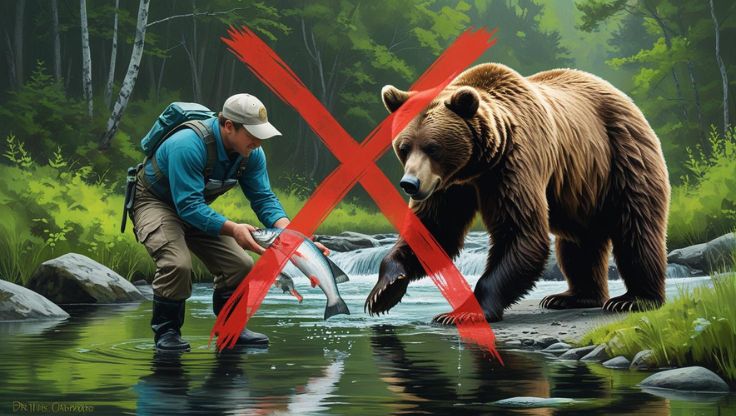
While their encounters with humans are relatively rare, they’re unforgettable experiences. Alaskans understand the importance of mutual respect between humans and bears, promoting coexistence with guidelines and education. Feeding wildlife is a no-go, for example, as it disrupts their natural behavior. Awareness and respect for their space are key in ensuring safety and harmony. The more we understand their importance, the better our coexistence will be.
Fascinating Facts: Debunking Myths and Sharing Anecdotes
Many misconceptions surround these mighty Alaska Peninsula Brown Bears. For one, they’re often confused with grizzlies, yet they differ significantly in behavior and habitat. One myth even claims they’re overly aggressive, but the truth is, they’re more interested in avoiding humans than confronting them. Let’s give these bears the space and respect they deserve.
Field researchers and locals often share surprising insights. Did you know these bears can run as fast as 35 miles per hour? That’s faster than the average human sprinter! Their incredible sense of smell is another fun fact – they can pick up odors from miles away, making them expert hunters.
The legends from indigenous peoples add a fascinating layer to understanding these creatures. Traditional stories often portray them as wise protectors of the forest, teaching us about living in harmony with nature. These tales highlight the bears’ powerful presence and the deep respect they command within native cultures.
Everyone has a role to play in conservation efforts. By supporting responsible tourism, following guidelines, and staying informed, we contribute to keeping these majestic creatures thriving in their natural habitats. Education and outreach are powerful tools in ensuring these bears are safeguarded for future generations. It’s all about being part of the solution, protecting the wildness of Alaska for years to come.
